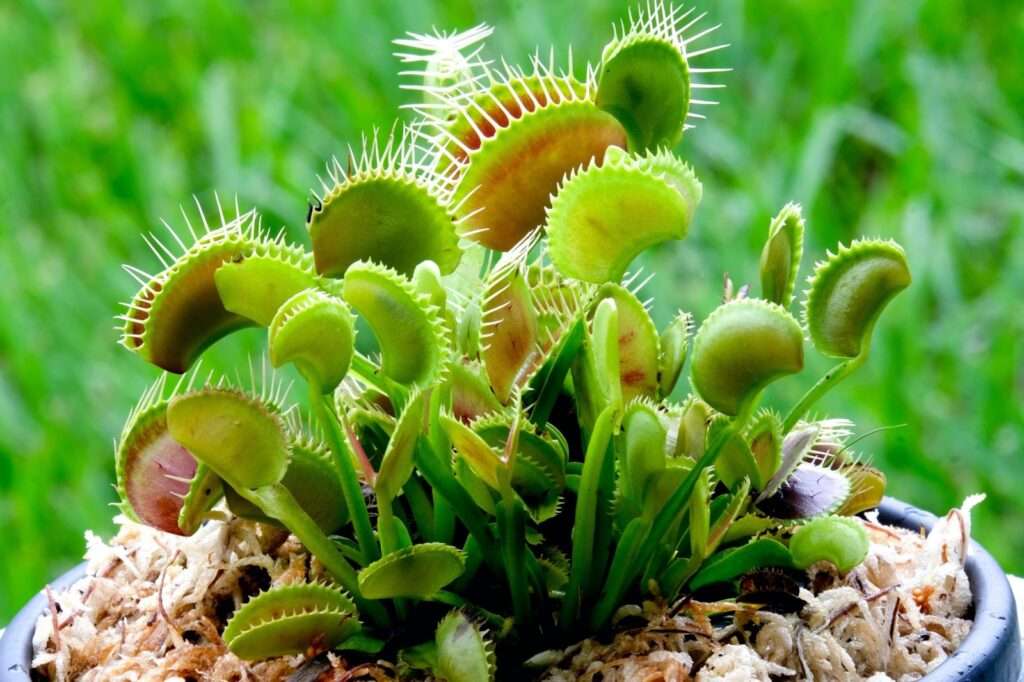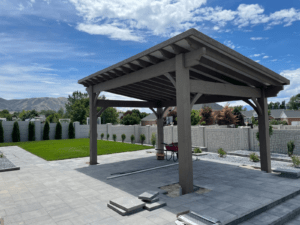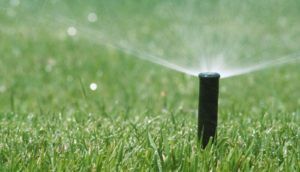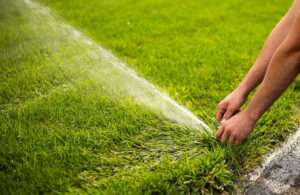Venus Fly Traps (Dionaea muscipula) are fascinating and carnivorous plants that captivate gardeners and plant enthusiasts alike in Salt Lake City. Known for their jaw-like traps that catch unsuspecting insects, these plants require unique care to thrive in your home or garden. This comprehensive guide will delve into the art of caring for a Venus Fly Trap, providing valuable tips to ensure your plant’s health and longevity.
Understanding the Venus Fly Trap:
Introduction to Carnivorous Plants:
Venus Fly Traps belong to the intriguing category of carnivorous plants. They have evolved to trap and consume insects to supplement their nutrient intake, particularly in nitrogen-deficient environments.
Anatomy of the Venus Fly Trap:
The Venus Fly Trap’s distinctive traps, resembling open jaws, are composed of modified leaves. When triggered by an insect’s movement, the trap closes swiftly, capturing its prey.
Selecting the Right Venus Fly Trap:
Before caring for your Venus Fly Trap, choosing a healthy plant from a reputable nursery or supplier is essential. Look for vibrant green leaves, traps with no signs of damage, and well-rooted plants.
Care for Venus Fly Trap
Light and Environment:
- Embrace the Sun: Venus Fly Traps thrive in bright, direct sunlight. Place your plant in a sunny spot, such as a south-facing windowsill or outdoors in a well-lit area with filtered sunlight.
- Maintaining the Right Temperature: These plants prefer a warm climate with daytime temperatures ranging from 70°F to 90°F (21°C to 32°C) and nighttime temperatures no lower than 50°F (10°C).
- Proper Humidity Levels: To simulate their native habitat, maintain a 50% to 60% humidity level. You can achieve this by placing your Venus Fly Trap in a shallow tray filled with water and pebbles or using a humidifier.
Watering and Feeding:
- The Art of Watering: Venus Fly Traps require consistently moist soil, but avoid overwatering, as sitting in standing water can be detrimental to their health. Use distilled or rainwater to water your plant, as tap water’s minerals can harm the sensitive roots.
- The Carnivorous Diet: While Venus Fly Traps can capture insects, they don’t solely rely on them for sustenance. Feeding your plant once every two to four weeks with live insects, such as small flies or gnats, provides the additional nutrients it needs.
Soil and Potting:
- The Right Soil Mix: Venus Fly Traps prefer acidic, well-draining soil. Use a mix of sphagnum peat moss and perlite or sand in a 1:1 ratio to ensure optimal growth conditions.
- Choosing the Appropriate Pot: Select a pot with drainage holes to prevent water from pooling at the plant’s roots. Ensure the pot has enough space for the plant to grow and develop multiple traps.
Dormancy Period:
- Understanding Dormancy: During the winter months, Venus Fly Traps enter a period of dormancy, which is essential for their health and future growth. As the days become shorter and temperatures drop, the plant’s growth slows down.
- Care During Dormancy: Reduce watering during dormancy and allow the plant to experience cooler temperatures (around 50°F to 55°F or 10°C to 13°C). Place the plant in a well-lit location to ensure it receives sufficient light even in the colder months.
Troubleshooting and Common Issues:
- Brown or Black Traps: Occasionally, Venus Fly Trap traps may turn brown or black after capturing prey. This is a natural process, and the traps will eventually die back, making room for new ones to grow.
- Yellowing Leaves: Yellowing leaves may be a sign of stress caused by overwatering, underwatering, or inadequate light. Adjust your care routine accordingly to address the issue.
- Dormancy Timing: Venus Fly Traps may enter dormancy at different times, depending on environmental factors. If your plant shows signs of slowing growth, it might be entering its natural dormancy period.
Caring for Venus Fly Traps Outdoors:
- Benefits of Outdoor Cultivation: Venus Fly Traps can thrive outdoors in suitable climates, benefitting from natural sunlight, rainwater, and the availability of insects for nourishment.
- Protection from Extreme Weather: If you keep your Venus Fly Trap outdoors, be mindful of extreme weather conditions. Provide shelter during heavy rainfall or frosty nights to protect the plant from damage.
Conclusion:
Caring for a Venus Fly Trap is a rewarding experience that allows you to witness nature’s intriguing wonders up close. Providing the right environment, light, water, and occasional insect treats ensures your plant thrives and delights in its carnivorous diet. For more landscaping and gardening needs, trust Millburn Landscaping & Design, your partner in creating beautiful outdoor spaces that complement the wonders of the natural world.




